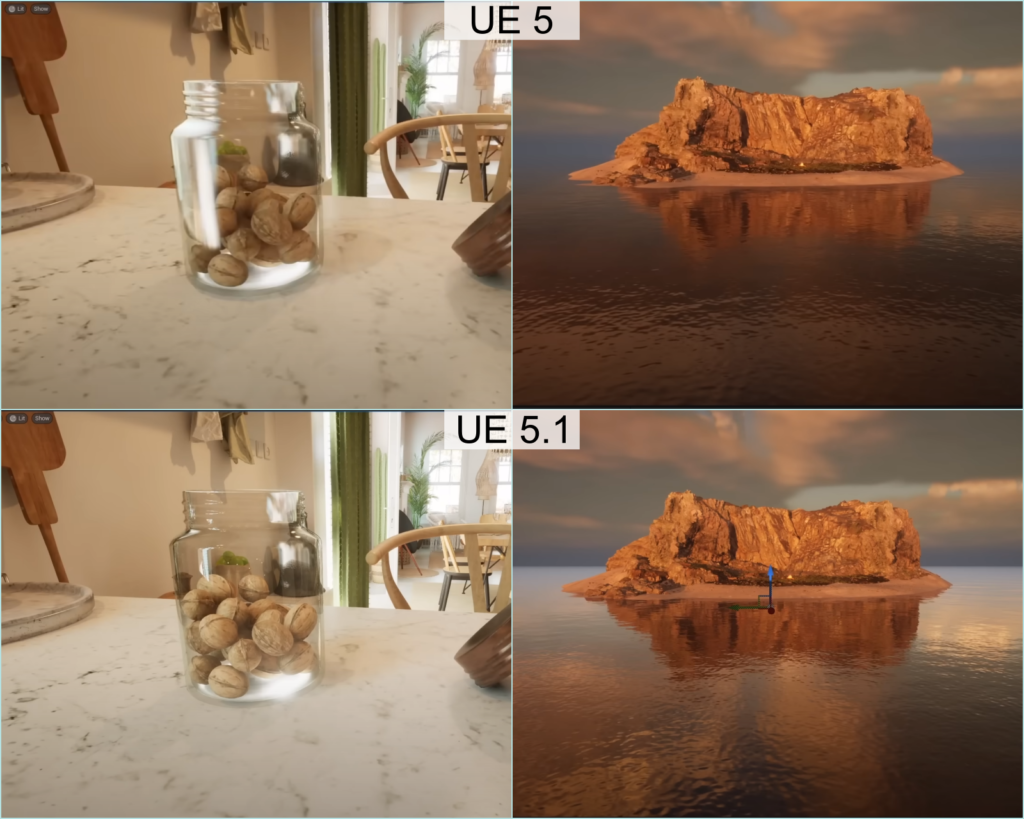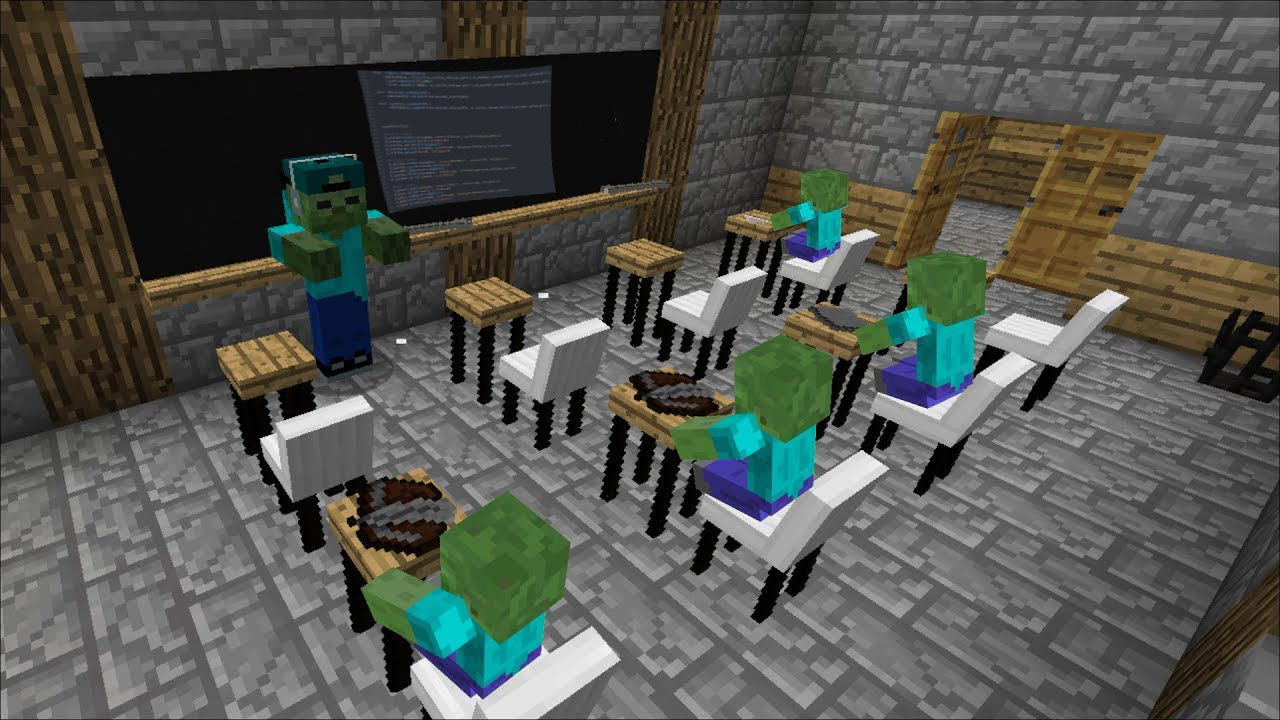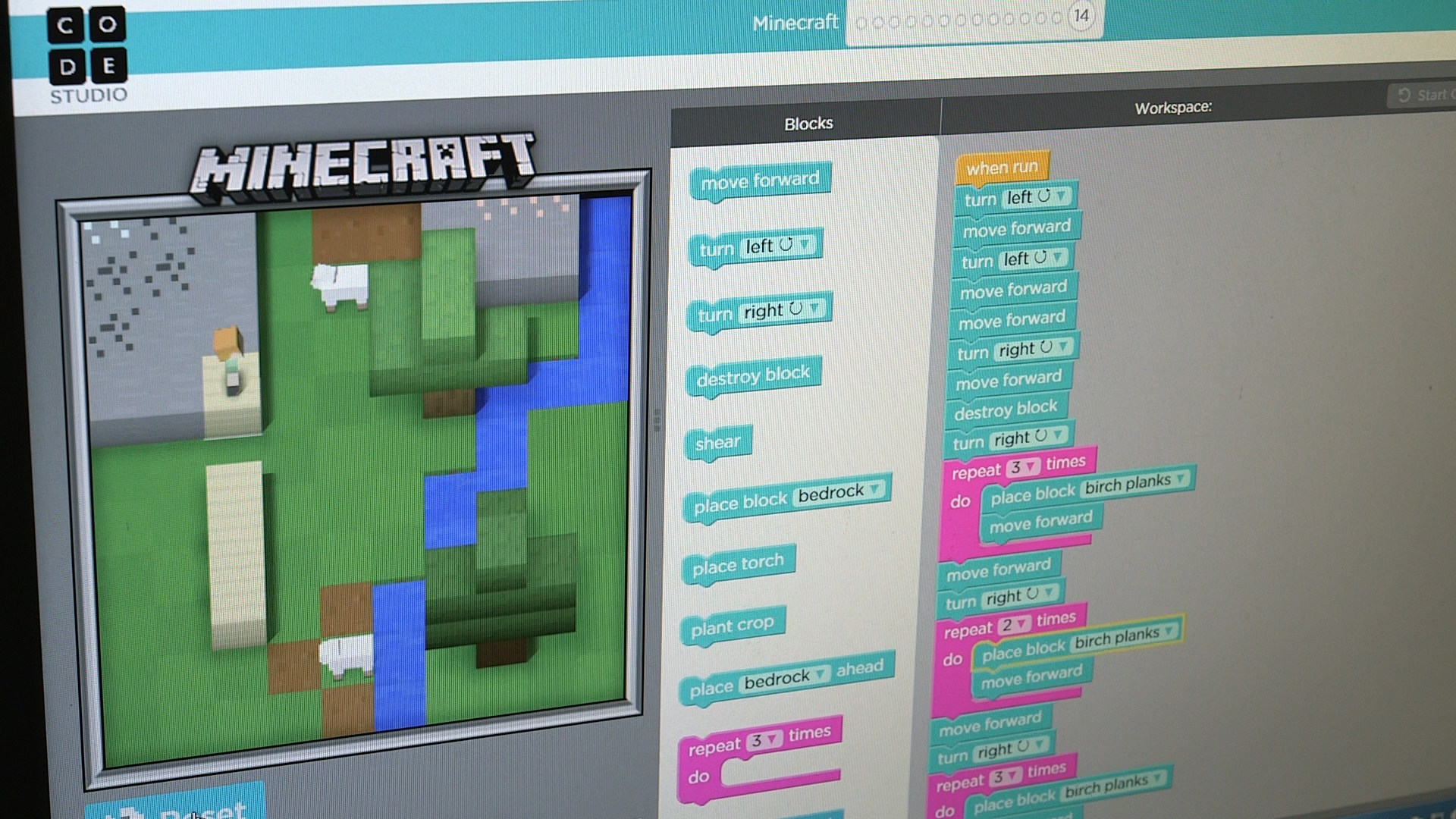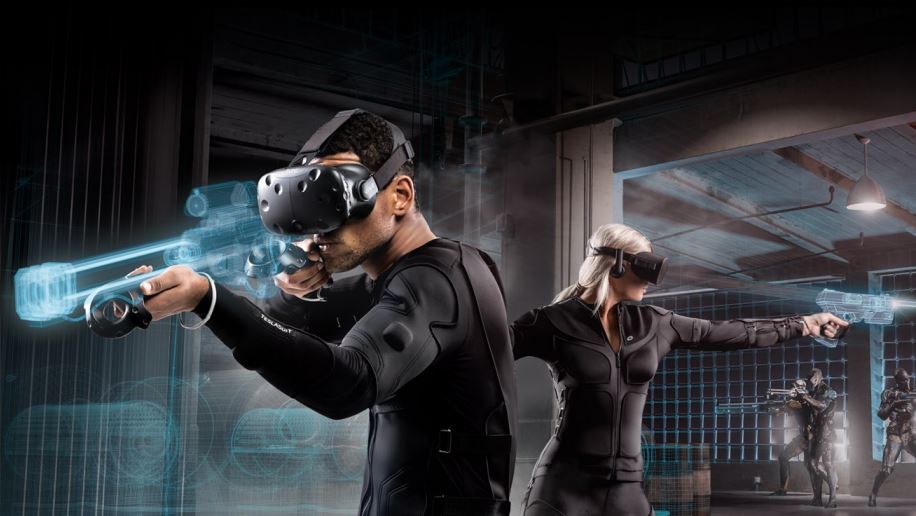Earlier this year Epic Games released new computer graphic engine that revolutionized industry. Two weeks ago new update appeared and now scenes created with Unreal Engine 5.1 are indistinguishable compared to real life footage.

When it comes to visual effects in movies, with the right budget and time, filmmakers can make everything look realistic. Movie shots are scripted, the camera moves in a certain direction and nothing will change that. The computer-generated images (CGI) that appear on the screen, which we see when watching a movie, are pre-rendered. In games where the player is responsible for moving the camera, the frames on the screen must be rendered in real time. In order for the human eye to see smoothly we need at least sixty of them for every second of the game. Generating this amount of data in a short period of time is very time consuming, and yet many players can’t afford to admire the beauty of the shots because they have to keep the graphics to a minimum to make the game work on their computers. This is where Unreal Engine 5 comes in.
One of the biggest problems in CGI is lightning. It is very easy to identify bad light in a scene. However, it is very easy to visualize thanks to global illumination. This is the way light bounces off an object and lights up another. This is a difficult process to do, especially in real time. So far, graphic designers have used light baking which pre-renderes lights map. This method works very well, but if there is even a slight change in the positioning of objects, the whole process has to be again done from the scratch. This is very time-consuming. The lighting system in Unreal Engine 5 called Lumen solves this problem. It renders light in real time regarding moving objects. It focuses only on the multi-reflection global illumination of the main light source and. That’s why it looks so realistic. This process improves the workflow and speed. Are very valuable considering short project deadlines.
Lighting was difficult for the developers, but from the player’s perspective, the most challenging part is rendering the map elements. This is all due to particles called polygons. The more detailed an element is, the more of them it assembles. A single CGI location can contain thousands or even millions of them. These are difficult to render on the average home computer, which can cause the game to crash or freeze frames, and the game will not be playable. A simple way to solve this problem is to lower the level of detail – the number of polygons for a scene, but then the game looks very flat and is not pleasing to the eye. A new Unreal Engine 5 option called Nanite dynamically deforms the environment by lowering the total number of polygons on an object. It changes the number of them depending on how far away the object is, the closer the item is to the camera, the more polys it consists of.
These two elements are revolutionary for the CGI industry. The new 5.1 update patches some of the problems that the engine has had so far. Worth mentioning are fixes for global illumination. Transparent objects resonate light, which didn’t work very well in the previous version. Now the reflection of glass is more realistic, as is water. It is no longer milky white, but actually shines through and reflects objects around it depending on the camera position, rather than being just a blurry patch of light.

Currently Epic Games is working on improving Nanite technology. As for now it can only be used for static objects but they are trying to implement it on a moving characters too.
The last thing is MetaHumans. It is a creator of realistic humans, which is similar to creating characters in The Sims series. It is an amazing tool for creating NPCs in games, but also figures in an animated movie. Another phenomenon is the animations and movements of the created character. These are no longer hours of making, but several commands. The computer itself calculates how a process should look like and performs it itself. This reduces the human work almost to zero. As a result, the time needed for a given project is much shorter – creating a movie will no longer take years as it used to.

In 2017, Rouge One: A Star Wars Story was the first film to use an on-set game engine – Unreal Engine 4, followed by Disney’s The Mandalorian series and HBO’s Westworld. Now, with the latest version 5.1, we can expect even more collaboration in the movie field in the future. As for the game industry, many developers have announced that they will be working on the Unreal Engine rather than its competitors. We can expect games such as the new Tomb Rider, The Witcher and Redfall. So far, we can experience UE5 in action by playing The Matrix Awakens and the latest season of Fortnite, or by watching a number of short films created by various small developers. One of them is The Eye: Calanthek created by ASC, which I highly recommend watching:
Sources:
https://gamerant.com/all-confirmed-unreal-engine-5-games/
https://www.youtube.com/watch?v=47I2N_l47mw&t=7s
https://www.youtube.com/watch?v=FUGqzE6Je5c
https://www.youtube.com/watch?v=qC5KtatMcUw&t=9s
















